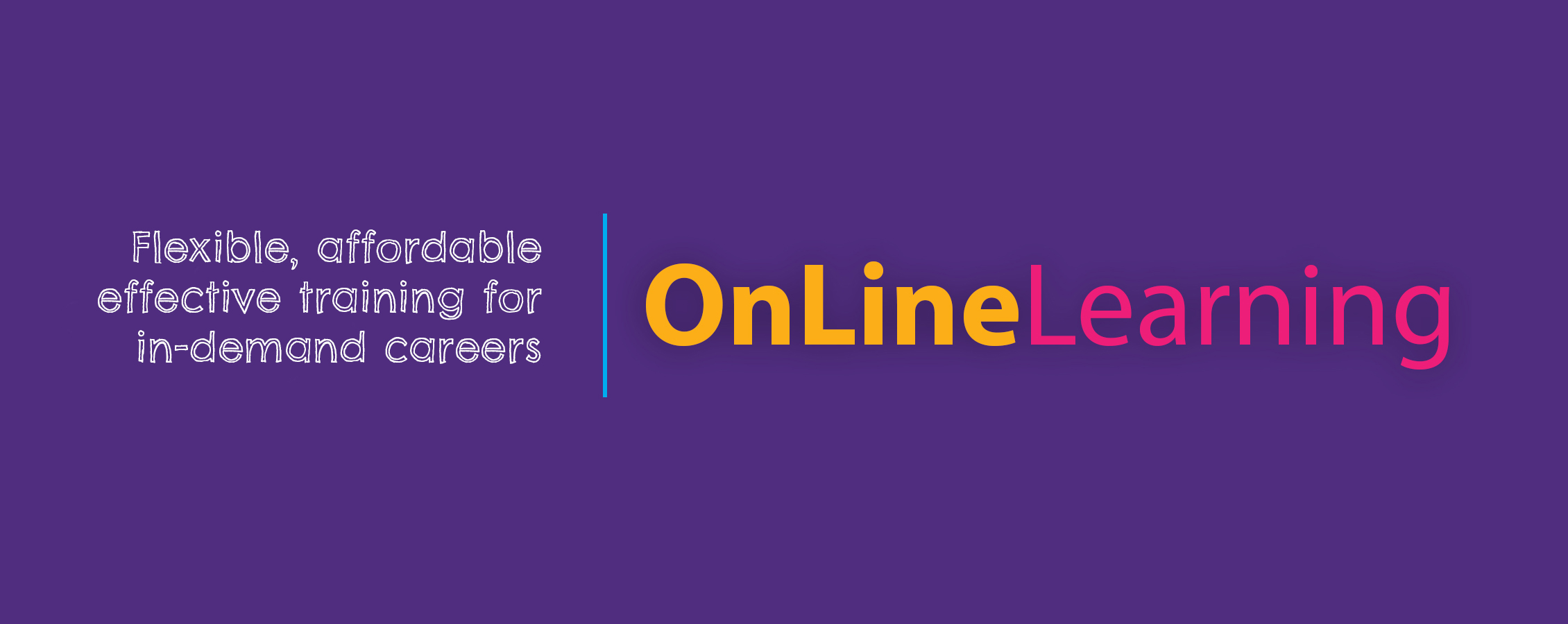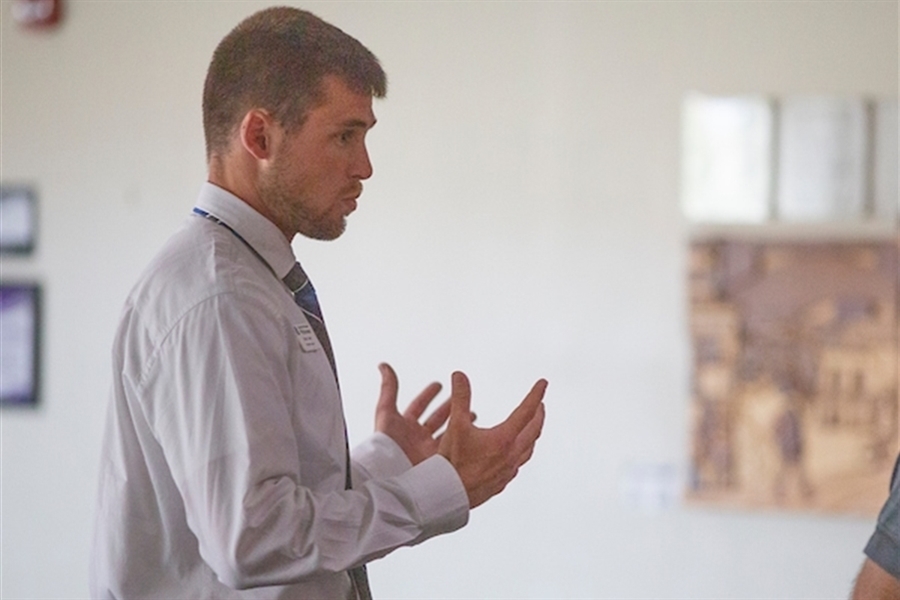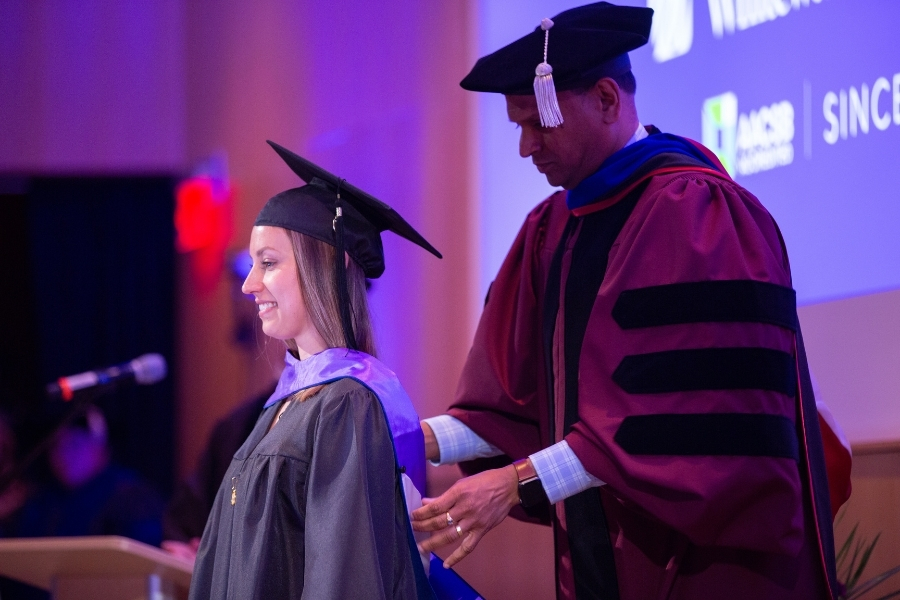COMPTIA™ CERTIFICATION TRAINING: A+, NETWORK+, SECURITY+
Prepare for CompTIA A+, NETWORK+ and SECURITY+ Certification
The Computing Technology Industry Association (CompTIA) is considered the world's leading technology association. Since its founding in 1982, CompTIA has set standards for certification in IT support, from hardware and devices to networks and cybersecurity. This 100% online course will help you gain the knowledge and skills you need to launch an IT career via the CompTIA's A+, Network+ and Security+ certifications.
Questions? Contact us at 855-520-6806
Job Outlook for CompTIA Certified Professionals
Computer and information technology (IT) support specialists are in demand. Nearly every organization that uses computers and computing devices needs user and technology support. The US Bureau of Labor Statistics (BLS) expects computer support jobs to grow 10% between now and 2027, twice the rate of overall job growth.
BLS data indicates that computer support specialists earn $54,760 per year or $26.33 per hour on average.
CompTIA's commitment to mobile device support suggests strong continued demand for its certificate holders. According to the BLS analysis, as organizations upgrade their devices, networks and security, demand for support professionals will continue to grow.
CompTIA™ A+, Network+ and Security+ Certification FAQs
The A+, Network+ and Security+ certifications are sequential. A+ focuses on devices; Network+ is dedicated to the hardware, software and protocols for networking; and Security+ adds the layer of core security functions across devices, networks, and the organizations that deploy them.
CompTIA calls the A+, Network+ and Security+ sequence a "stacked" credential that validates baseline skills in the three disciplines: devices, networks, and security. Each individual certification is considered an independent signal of competence in the area it addresses.
According to CompTIA, the A+ certification is often associated with baseline or entry-level support positions such as service desk analyst, technical support specialist, field service technician, associate network engineer, data support technician, desktop support administrator, end-user computing technician, help desk technician, or system support specialist.
According to CompTIA, the Network+ certification is often associated with positions such as Network administrator, network field engineer, computer technician, help desk technician, system engineer, network support specialist, or network analyst.
According to CompTIA, the Security+ certification is often associated with junior IT auditor or penetration tester positions. Other titles might include systems administrator, network administrator, or security administrator.
Course Objectives
- Learn the fundamentals of IT
- Discover how to build and manage a data network
- Understand how to troubleshoot networking issues
- Learn about routing and switching, risk assessment, and data recovery
- Practice concepts that will prepare for CompTIA™ A+, Security+, and Network+ certifications
- Prepare to take and pass CompTIA™ A+, Security+, and Network+ certification exam processes
Prerequisites
There are no prerequisites prior to taking this course. You should have a basic understanding of computer systems and networks.
Curriculum
CompTIA™ A+ 220-1001
Hardware, networking and mobile
CompTIA™ A+ 220-1002
Security and troubleshooting for Windows, Mac, and Linux
CompTIA™ Network+ N10-007
Foundations of networking and infrastructure; virtualization and the cloud, subnets, and VLANs
CompTIA™ Security+ SY0-501
Securing networks from attacks; business continuity and risk mitigation
Instructor
David Grimes
David Grimes has more than 10 years of management and leadership experience in the private and non-profit sectors. Grimes is passionate about technology and education, having worked as academic dean, student services director, technology coordinator, teacher, consultant, and technology columnist. He holds a Master of Education and a Bachelor of Science from Ohio State University, both in Technology Education.
Registration and Enrollment
This course is 100% online. Start anytime.




